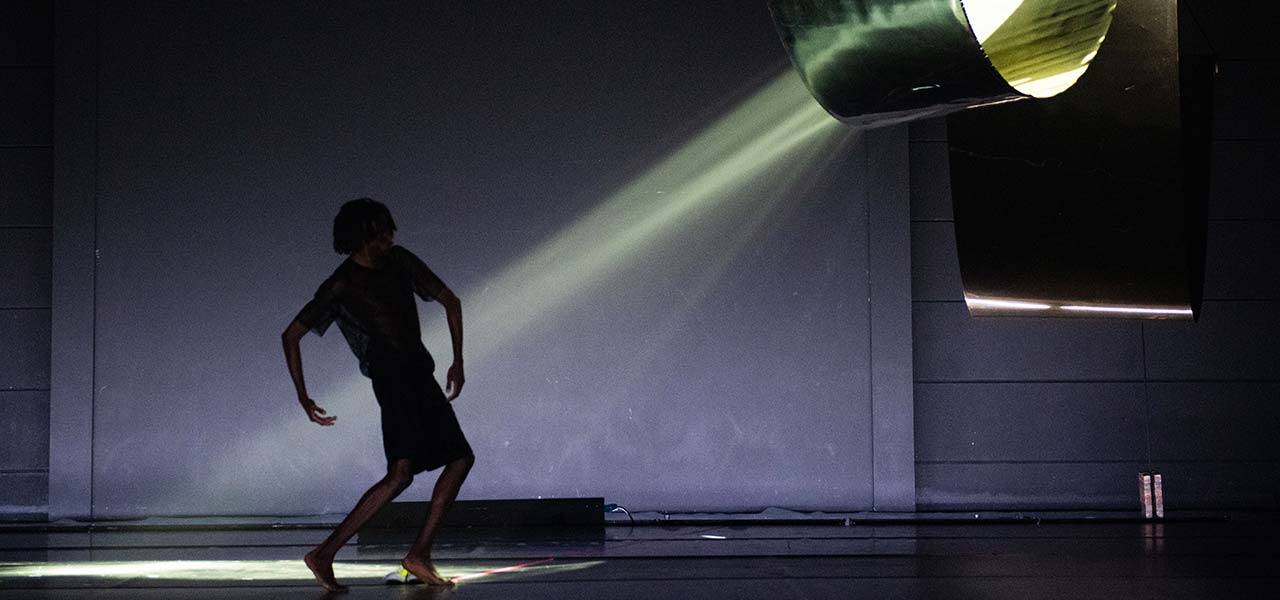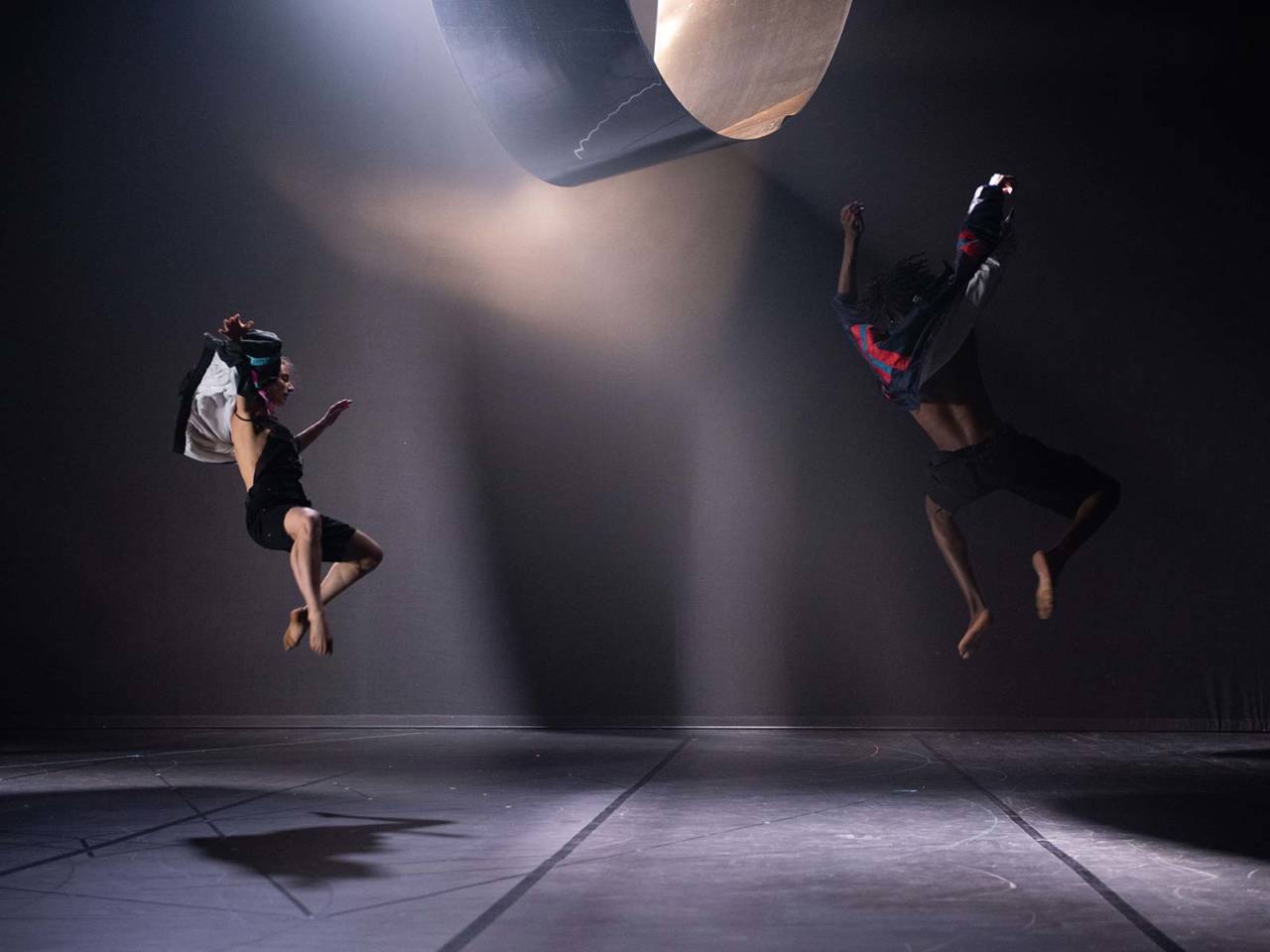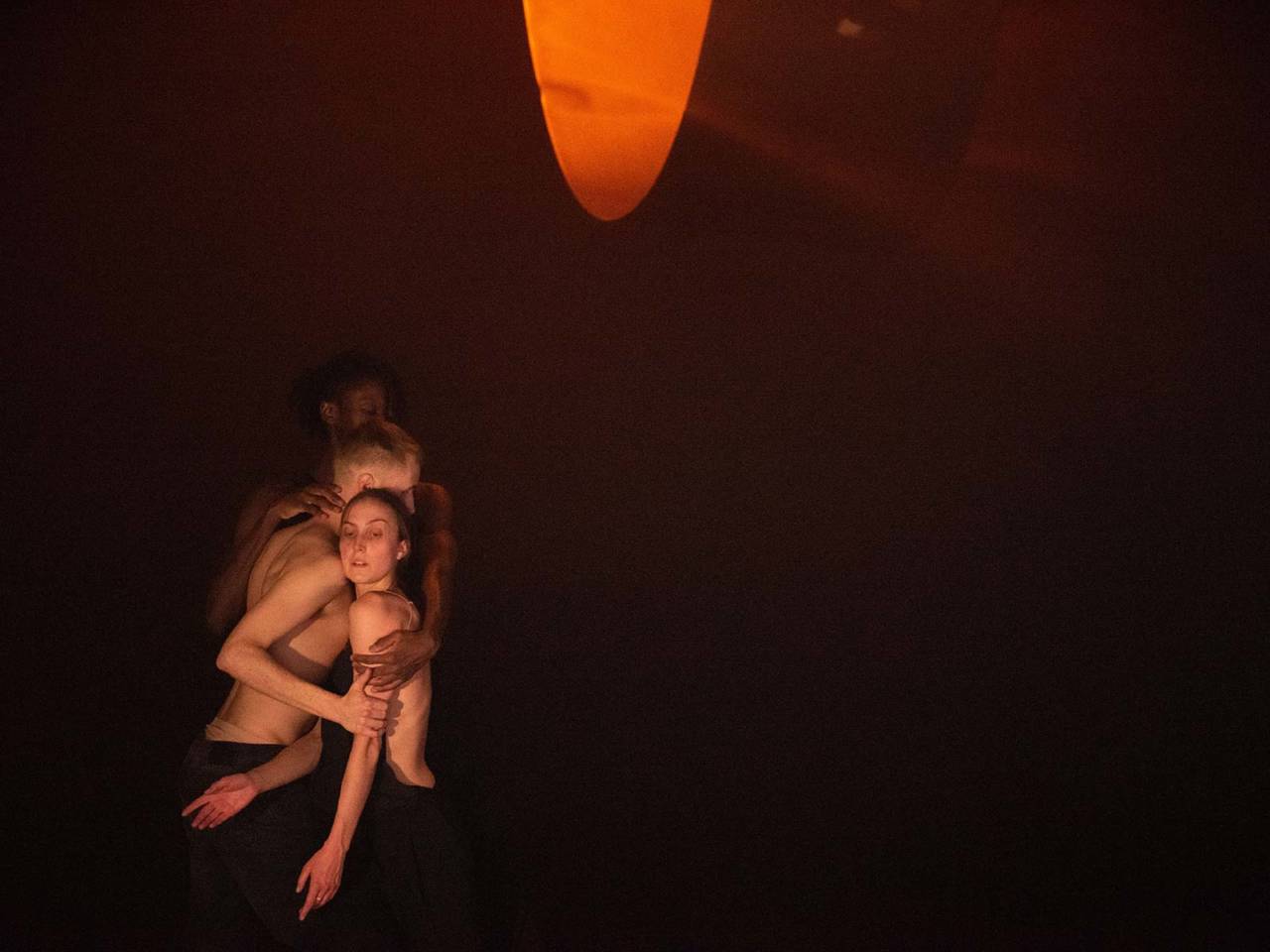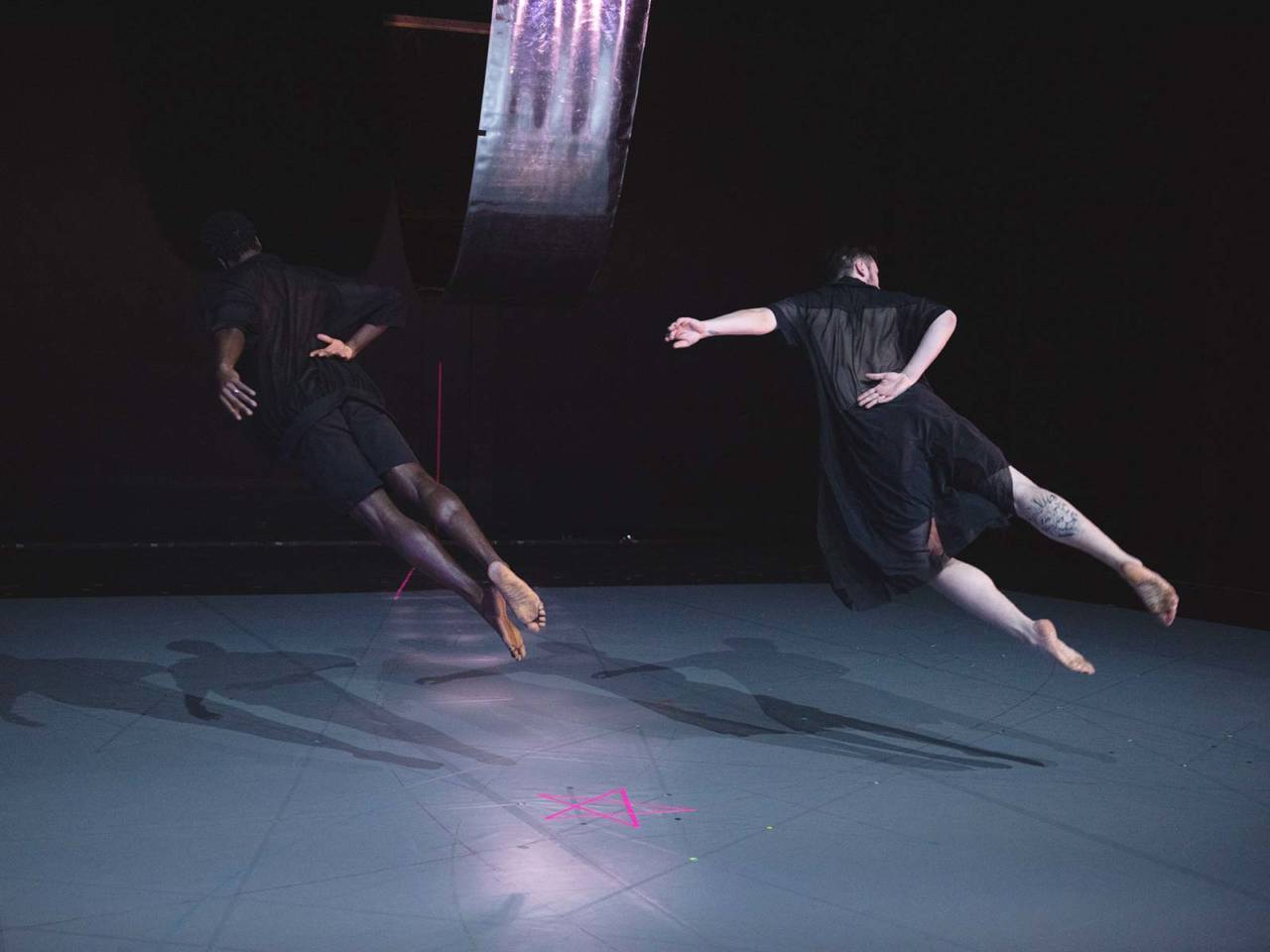Music and geometry have always been central to the work of Anne Teresa De Keersmaeker. In Mystery Sonatas / for Rosa, these interests form a bond through a symbol—the rose. With a long history of symbolism in art history and literature, the rose often represents secrecy and mystery. ‘Sub rosa’—Latin for ‘under the rose’—refers to ‘that which is not spoken’, but here we can consider this through the lens of ‘that which is danced’.
De Keersmaeker’s oeuvre is full of partnerships with musical compositions, and now she establishes another with the “Mystery” or “Rosary” sonatas of Heinrich Ignaz Franz Biber. Written around 1676, the Mystery Sonatas is a musical translation of the fifteen Sacred Mysteries of the life of the Virgin Mary. Composed with the intention of serving a religious practice, these sonatas assisted the recitation of the rosary beads. Just as the rosary is typically divided into three ‘decades’, Biber’s Mysteries are divided into three cycles: five joyful, five sorrowful, and five glorious sonatas.




